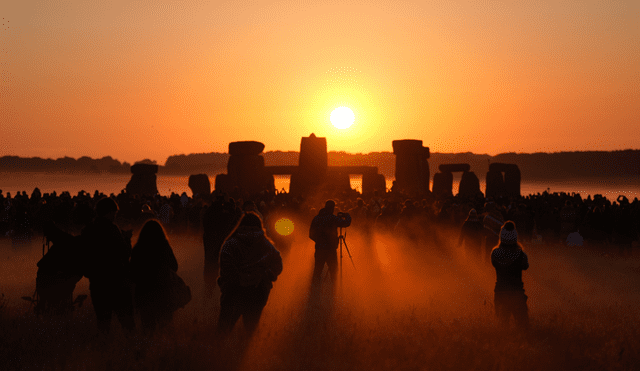Summer solstice 2025: What to know about the longest day of the year in the United States
Friday is the summer solstice in the Northern Hemisphere, the day with the most sunshine and the start of astronomical summer.

The summer solstice occurs this Friday across the Northern Hemisphere as the longest day of the year. It's the day when the Earth's tilt towards the sun is greatest and astronomical summer begins.
While Northern countries see their longest day, places south of the equator will see their shortest day and the start of winter. The word "solstice" itself is Latin in origin — "sol," or sun, and "stitium," meaning stop in reference to the sun halting in its highest place before days slowly become shorter.
Solstices and equinoxes explained
The summer solstice comes about because the Earth's axis tilts in the direction of the sun, causing unequal light between hemispheres. On June 20-22, the Northern Hemisphere experiences its longest day and shortest night, whereas the Southern Hemisphere experiences its shortest day and longest night of the year. It is exactly the reverse for the winter solstice, though, between the dates December 20-23.
During the equinoxes — about March 19–21 in spring and Sept. 21–24 in fall — day and night are effectively equal in duration worldwide. They occur when Earth's axis is neither tilted toward nor away from the sun, so both poles receive sunlight at the same time.
Meteorological vs. astronomical seasons
Whereas solstices and equinoxes determine seasons astronomically as a function of Earth's tilt and orbit, meteorological seasons are equivalent to the temperature cycle of the year. Meteorologists refuse to acknowledge spring until March 1, summer on June 1, fall on Sept. 1, and winter on Dec. 1.
This working calendar simplifies seasonal data comparisons for agriculture, climatology, and other business. It's one of the main reasons your local forecast isn't always exactly in sync with the astronomical dates defined by solstices and equinoxes.













